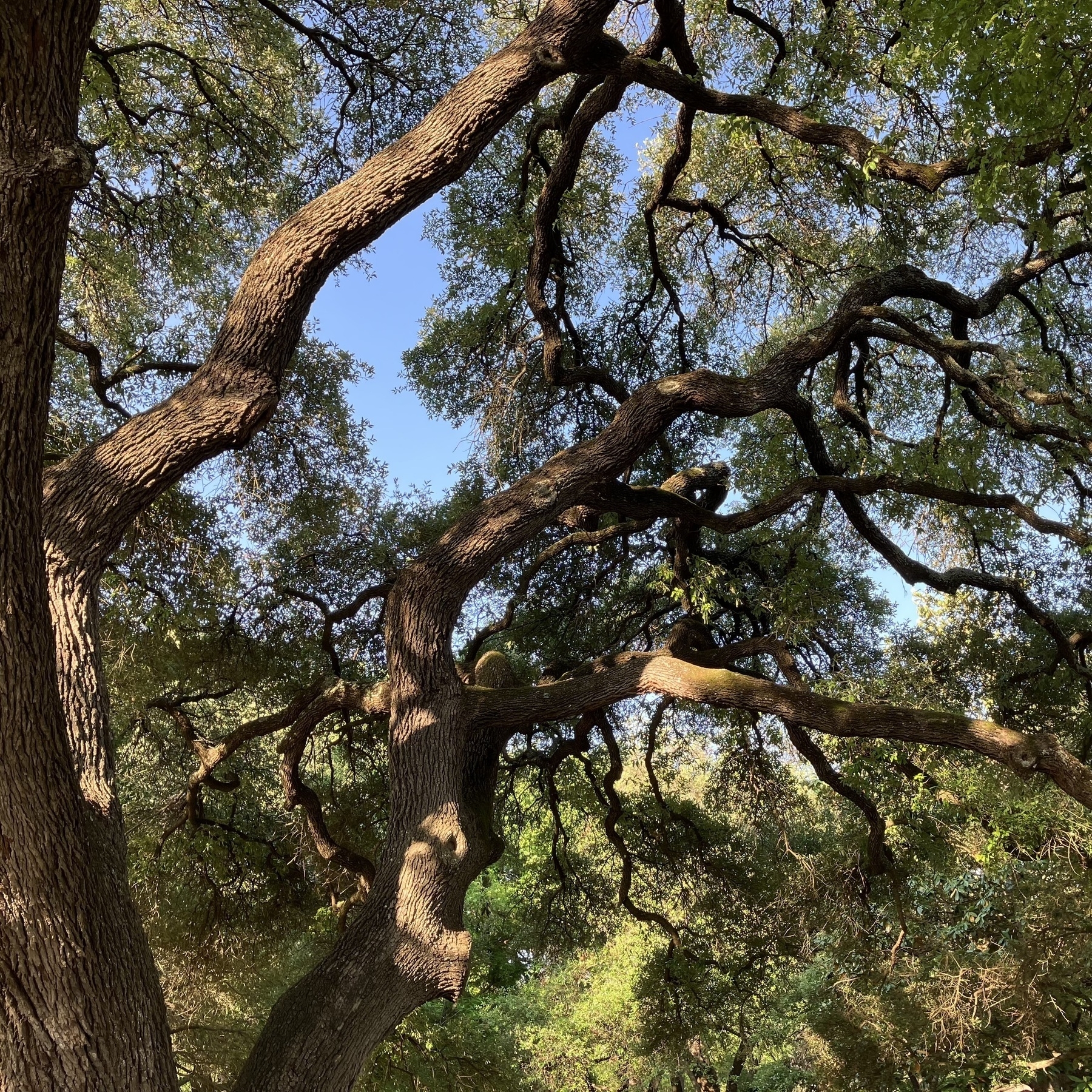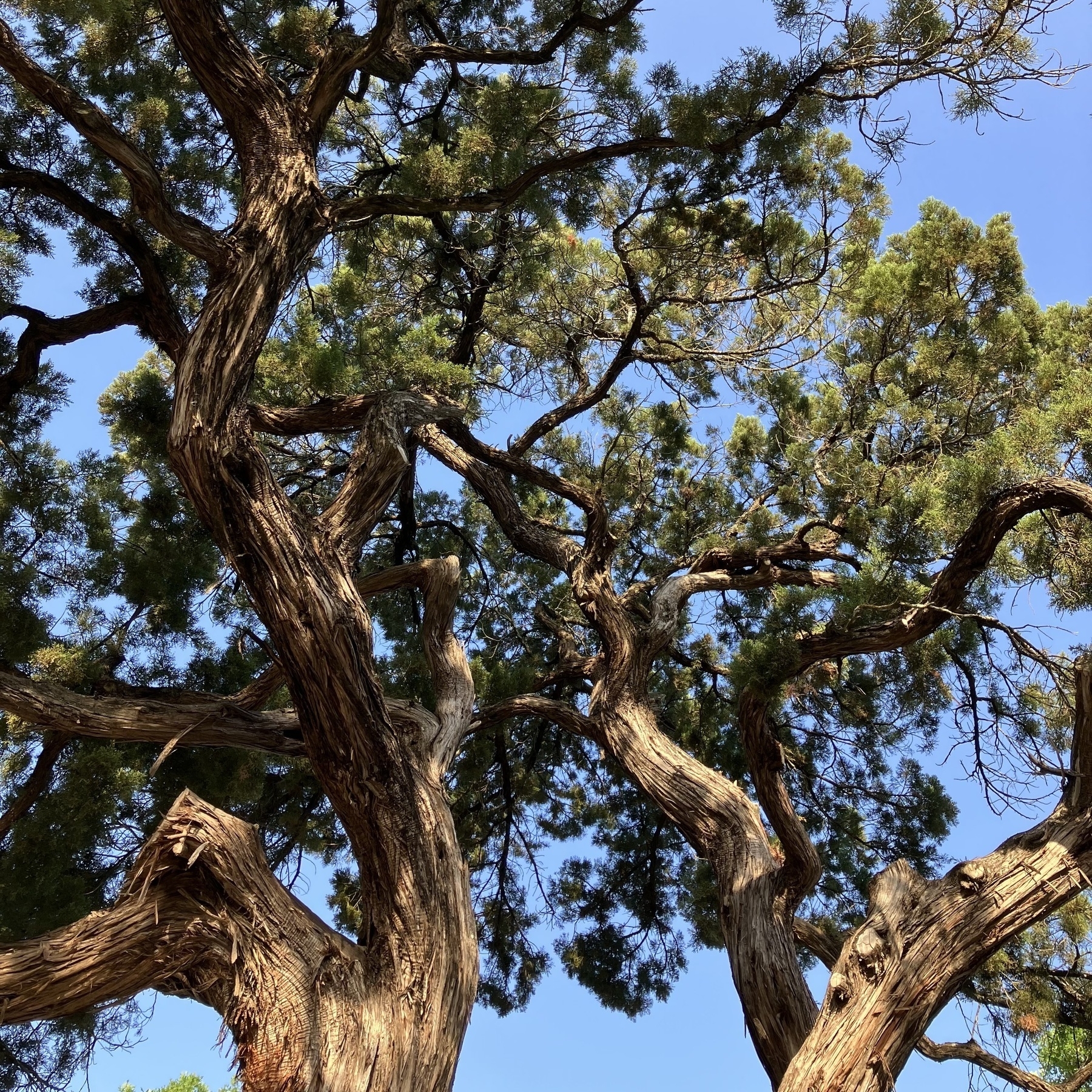Currently reading: The Big Screen: The Story of the Movies by David Thomson 📚
Andrey Mir (note Mir's definition: "Postjournalism is journalism that is economically forced to take a political side and produce polarization and anger in order to trigger the audience’s loyalty and donations in the form of subscription"):
There are two parallel and intertwining processes defining the conditions of agenda-setting. First, journalism is mutating into postjournalism, and the largest news media orgs are turning into the crowdfunded ‘Ministries of post-truth’. Second, old media in general are becoming a part of the digital media environment dominated by social media with their own intrinsic polarization bias. As a result, old and new media are conjointly and interdependently contributing to polarization. The mechanisms and motives, however, are different. Social media polarization is a side effect of better user engagement for better ad targeting. Old media polarize the audience for better soliciting of support. But both produce polarization because of the very design of their business models.
Fake news is not the principal problem in this new media environment. The impact of fake news is already mitigated by the users’ growing immunity and also by the growing noise that diminishes the potency of fake news’ impact. The critical issue of the new media environment is polarization. It is systemic and profound; no ecosystem factor is seen on the horizon that might limit or counteract the polarizing effect of new and old media. Even the ongoing decline of old media will not solve the problem, as they will remain the discursive platform for the public sphere for another 5–10 years. This is sufficiently long enough to cause significant damage in the area where the affective and agenda-setting polarization of social media gets articulated and transferred into political discourses that shape the public sphere, politics, policies and electoral outcomes.
Currently reading: Death and the King’s Horseman: A Play by Wole Soyinka 📚
(I’ve been adding books I’m teaching to these “Currently reading” posts, but this will be the last of those until 2023 – classes end this week and then I’m on research leave for the Fall term!)
My newsletter is intermittent these days, but here’s a new issue.
the glazing of eyes
The older I get, the more common this experience becomes: finding that I am simply unable to read essays and articles on certain topics. I may, out of a sense of duty, begin to read something on these topics, but almost immediately my eyes begin to wander, or to glaze over. I strive to refocus; I re-read the same few sentences; but before long my mind has wandered elsewhere. Eventually I give up.
I used to be able to read about some of these things, but the way The Discourse asymptotically approaches the point of absolute stupidity — a stupidity than which no stupider can be conceived — has now rendered my brain dysfunctional w/r/t the following:
- Critical race theory
- Trans issues
- Productivity
- Burnout
- The New Right
- Denominational break-ups and church splits
- Elon Musk
- And, now of course, abortion (The Discourse around which has always been brain-dead, but was usually avoidable)
One nice feature of Feedbin is the ability to create actions based on filters. So, for instance, I have just created an action to set any new article that contains the word “abortion” as read; that way it won’t show up in my “unread” feed, which is the only feed I look at. A couple of weeks ago I created a similar action for the term “Elon Musk”; I had already targeted posts that have “Burnout” or “Productivity” in their titles — if the Bad Words are not in the actual title then maybe their use in the text is innocuous. We’ll see how it goes; I’ll adjust as necessary. Keeping my sanity requires constant vigilance — unless I want to go offline altogether, which, believe me, I often consider.
On the other side, things I find that I want to read more about these days:
- China, present and past, especially religion in China
- Daoism
- Anarchism
- Infrastructure
- Materials science
- Scientific innovation, especially regarding climate-change mitigation
- Water, and places where it is (a) scarce or (b) overabundant
- Late antiquity in the West
- … and one more topic I’ll talk about in a future post.
[I thought I had this post scheduled to go out tomorrow, but obviously I messed up. Consider this, then, a proleptic disclosure of the eschaton.]
Andy Crouch on invitation and repair
From Andy Crouch’s new book:
To rebuild households would begin to undermine Mammon itself. If we lived this way together, we would begin to fundamentally change our economy in the most literal sense and eventually change the structure of economic life more broadly — what we value, measure, and reward. To begin this kind of economic restoration does not require us to change the practices of Wall Street, the Federal Reserve, or the European Central Bank — or even to know, exactly, what ought to replace them. We just (just!) have to redirect our energies away from Mammon’s domain and turn toward a realm where Mammon has nothing to offer. And then we need to invite others to join us under that new shelter.
Well, there’s Invitation & Repair right there. (Also a rhyming with my recent stuff on principalities, powers, and demons.)
One name for “a realm where Mammon has nothing to offer,” as Wendell Berry noted in his 1984 essay “Two Economies,” is the Kingdom of God:
For the thing that so troubles us about the industrial economy is exactly that it is not comprehensive enough, that, moreover, it tends to destroy what it does not comprehend, and that it is dependent upon much that it does not comprehend. In attempting to criticize such an economy, it is probably natural to pose against it an economy that does not leave anything out. And we can say without presuming too much, that the first principle of the kingdom of God is that it includes everything; in it the fall of every sparrow is a significant event. We are in it, we may say, whether we know it or not, and whether we wish to be or not. Another principle, both ecological and traditional, is that everything in the kingdom of God is joined both to it and to everything else that is in it. That is to say that the kingdom of God is orderly.
Andy and Mr. Berry between them have said much of what I would want to say about Invitation and Repair! (But there may be a few elements of what Berry calls the Great Economy still remaining to be explored.)
Brad East has an outstanding essay-review on Andy's book at The New Atlantis. Please read it -- and The Life We’re Looking For!
Currently reading: The Gulag Archipelago 1918-1956: An Experiment in Literary Investigation by Aleksandr Solzhenitsyn 📚
Migration into the state has remained steady for a decade (it is the number leaving that has changed). California continues to attract the same share of foreign immigrants as ever, roughly a quarter, even though the total fell. And, remarkably, demographic decline has gone hand in hand with higher educational and living standards. In the 2010s, according to the Public Policy Institute of California, a research group, more college graduates moved to the state than left, at a time when people with only high-school education were flooding out. Incomers tended to be wealthier, too. Perhaps you have to be rich and educated to move to California.
Mr Newsom may be right. California is still where the future happens first: a future of ageing, declining populations, ethnic diversity and educational advance.
a memory

At UVA, they’re stripping Alderman Library pretty much down to the frame, which may mean that this room won’t be long for the world. (I don’t know the details of the plan for renovation, but the photos on the linked page look pretty stark.) I still have a vivid memory of an afternoon forty-two years when I heard a talk there by Jean LeClercq, the Dominican monk and scholar. We sat in an intimate semicircle and he spoke quietly of monastic life in the Middle Ages. When it was over I headed for Heartwood Books to buy a copy of The Love of Learning and the Desire for God — which I still have:

It’s a great book. Maybe time for a re-read?
Also, UVA’s photographer Sanjay Suchak has used the rebuilding of the library as a chance to get up high for an unusual view of the Rotunda and its corner of the Grounds:

DNA
It’s natural to find the thought that what we build in our life will die with us disturbing. (Though forms of its lasting can also be distressing; in his poem “Posterity,” Philip Larkin imagines being summed up by an irritated, unenthusiastic future biographer with “Oh, you know the thing / That crummy textbook stuff from Freshman Psych.”) No one wants to die. To ourselves, we matter, and we want what we do to matter to somebody else. We want our sacrifices to be worth it in a transcendent sense, our pain to have a purpose, our achievements to be permanent. A handful of life paths — intellectual and artistic work in particular — are about trying to create, as Horace wrote, “a monument more lasting than bronze.” They are a calculated gamble that a life dedicated to the difficult and narrow path will continue after our death, however unrewarding it might have been to experience. […]
Most scholarship is also not going to live forever. Is it therefore not worth doing? I wouldn’t say so. It’s worth it to maintain gardens and repair buildings and restore artworks. No one’s work lives forever on its own. It stays alive because someone keeps it so. Here again, greatness requires humility: other people’s. The task of thinking is worthwhile even if your thoughts prove to be of limited usefulness. The tasks of reading, of appreciation, of interpretation, are worthwhile, even if next year there is a new essay that supersedes yours, or a new book. If we have chosen to live our lives this way, it is because something about it strikes us as the best way we can spend our time.
When I was in graduate school I read a book by a scholar named Michael O’Loughlin with the unwieldy title The Garlands of Repose: The Literary Celebration of Civic and Retired Leisure: The Traditions of Homer and Vergil, Horace and Montaigne. I was greatly taken with it. Before I read that book, it had never occurred to me that there could be different kinds of leisure, with different purposes, different characters; nor had I thought about just how essential leisure is to human culture. (Maybe O’Loughlin hadn’t thought about that either, before reading Josef Pieper.) I also loved the way O’Loughlin identified thematic harmonies that linked works written over a period of 2000 years. It seemed to me a model of what my own literary criticism could be.
When I read the book, I was expecting to become a specialist in seventeenth-century literature, but my path veered in a different direction, so I have rarely had the opportunity, over the years, to cite it. But it has had a lasting effect on my thinking. For instance, it has deeply informed the way I read W. H. Auden, that most Horatian of modern poets. My critiques of technocracy and my interest in “repairing the world” stem from a belief that one of the best things we can do for our culture, and for those who join it after us, is to create a space for healthy leisure. Even my recent thinking about Taoism is influenced by what I read in The Garlands of Repose all those years ago.
Another way to put that is to say that O’Loughlin’s book — I believe the only one he ever published — became a part of my intellectual DNA. And maybe something I write will spark something for a reader — a scholar or a writer or a pastor or teacher or who knows what — and become part of her DNA. Maybe she’ll never quote me — maybe she’ll never even realize that she wouldn’t have had that idea if she hadn’t read my essay — but in that way my thought will become part of someone else’s intellectual genome, and through her will make some difference in the world. If so, then her thought will be indebted to a scholar she probably has never have heard of: Michael O’Loughlin.
As with my writing, so with my teaching. Maybe some word of mine will become a part of a student’s intellectual or moral or spiritual inheritance, and in that way play a role in his life, and then, through his influence, in the lives of others. Just as my own voice is shaped and formed by the voices of others — Bakhtin taught me this — so others will appropriate for themselves and their purposes ideas they first heard in my voice.
I don’t expect that anyone will be reading my stuff after I die — I expect that I’ll be wholly forgotten before I die, if I live to a good age — but I almost never think about that. At the end of Middlemarch George Eliot says of Dorothea that “the effect of her being on those around her was incalculably diffusive: for the growing good of the world is partly dependent on unhistoric acts,” and that captures better than I can my convictions on this point. Diffusive is the key word: an influence that subtly spreads, perhaps without anyone noticing. I find that model of influence more encouraging and comforting than any hopes for fame could ever be.
This is gonna be fun

I estimate that 73% of my RSS feed is stories about Twitter. Enough is enough, folks!
uniqueness
Ernst Cassirer’s An Essay on Man: An Introduction to a Philosophy of Human Culture is essentially (more so than I realized when I began it) a simplification and condensation of his three-volume Philosophy of Symbolic Forms. And therefore it’s a good introduction to his work. But I want to talk just about one theme in it.
Much of the first third of Cassirer’s book is devoted to distinguishing Man from the other animals. He says that all other animals have a “receptor system” for registering stimuli and an “effector system” for acting in response to those stimuli. (He’s borrowing these terms from a biologist.) But, Cassirer claims, human beings are unique in that we have in addition to those two systems a “symbolic system” – we are the symbol-making animal. But why shouldn’t we say that our making of symbols is just part of our effector system? It seems very important to Cassirer to insist that it is a different thing altogether, and that’s a reminder that “the age of the crisis of man” is not just about understanding “the nature and destiny of man” but also requires the conceptualizing of that nature and destiny in ways that strictly distinguish us from all other creatures – and by those means resolve the “crisis.”
That human beings are unique in the scheme of creation is of course a point present and important in Jewish and Christian traditions – indeed perhaps only in Jewish and Christian traditions, though the point is debatable. In the Hebrew Bible the context of the claim that humans are made in God’s image is very clearly that none of the other creatures is made in God’s image – but there are many other passages in Scripture that remind us that the rest of creation has its own stake in the outcome of our story, that when God comes the trees of the forest shout for joy, that until He comes the whole of creation groans in its labors. And it’s an interesting thing that so many people our own time, including I think many Christians, have grown weary of and perhaps annoyed by all these attempts to establish and define human uniqueness, and prefer instead to emphasize all the ways in which we and the rest of creation share a history, share a story, share a destiny. To some degree, of course, this is the result of more careful study of the kinds of things that animals are capable of, but I don’t think that’s the only cause, and maybe not even the chief one.
(Here let me pause to give a plug to Frans de Waal’s extraordinary book Are We Smart Enough to Know How Smart Animals Are? I have to write about it at some point….)
I think many of us, and I count myself in this number, feel that all the discourse about human uniqueness hasn’t been good for us or for the rest of Creation. It’s not (this is what I would say anyway) that we need to deny human uniqueness – we are by any measure a very strange animal indeed, and with a distinctive role in God’s economy – but rather that we don’t seem to be able to talk about our uniqueness in ways that help us to live more wisely with one another or with the rest of Creation. And that’s a reminder that some things can be true and yet not always edifying to dwell on.
Academics think a public intellectual is an academic who comments on current events.
Journalists think a public intellectual is a journalist who quotes from books.
Happy birthday to Willie Nelson, 89 years young today. Smoke ’em if you got ’em. The Texas Monthly podcast One By Willie — in which musicians talk with John Spong about a Willie song of their choice — is consistently terrific. Why not listen to an episode or two in commemoration of the great man?
Skyscraper
Skyscraper (1959) is a 20-minute documentary film — mainly in black-and-white, though color enters in an interesting way near the end — about the construction of a building in Manhattan called the Tishman Building, then carrying the address 666 Fifth Avenue. The number was recently changed to 660, which it could have been all along, since the building occupies several lots, including both 660 and 666. Perhaps its current owner, one of Jared Kushner’s companies, thought the association of a Trump family member with the Mark of the Beast was subject to unfortunate interpretation. But when it was completed in 1957 the three big sixes were quite prominently displayed on the façade.

You can see the film here, though that’s a bad print — if you happen to subscribe to the Criterion Channel you can see a much better version. It’s fascinating in a number of ways.
Some of the filming takes place high above the streets, and certain shots look down on St. Patrick’s Cathedral. The narrator comments that St. Paddy’s had seen three buildings go up at 666, but the real story is more complicated. The first buildings on that stretch of Fifth Avenue were a series of mansions — one of which was designed by the famous architect and infamous human being Stanford White — built for the Vanderbilt family.

This one came earlier and was designed by Richard Morris Hunt:

They called it Le Petit Château, isn’t that cute. A château with no green thing in sight is no château at all, in my book.
Gradually these were torn down; by the time the Tishman Building started construction, the area had been reduced, as far as I can tell, to a 12-story office building and a parking lot. (The various histories are a little vague on these points.)
In any case, in 1957 construction was preceded by demolition, and when the dump trucks carried away load after load of rubble they took it to New Jersey, where it was used to reclaim marshland. So there are who knows how many buildings in New Jersey built on ex-Manhattan rocks.
When the building opened, among its most notable features was its lobby, which featured two artworks by the great Japanese-American sculptor Isamu Noguchi, a flowing ceiling and a differently flowing waterfall-wall.


These were removed in 2020. Thanks a lot, Jared.
For a while, plans were ongoing to demolish the 41-story building — stripping it down to its steel frame and then rebuilding it twice as high, to a design by Zaha Hadid. These proved too ambitious. But surely it won’t be long before St. Patrick’s Cathedral watches yet another building on those lots come down and yet another rise up.
Anyway: the documentary is cool, you should watch it.
Currently reading: A History of Christian Missions by Stephen Neill 📚


